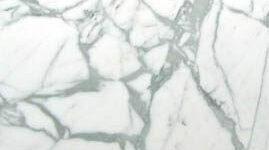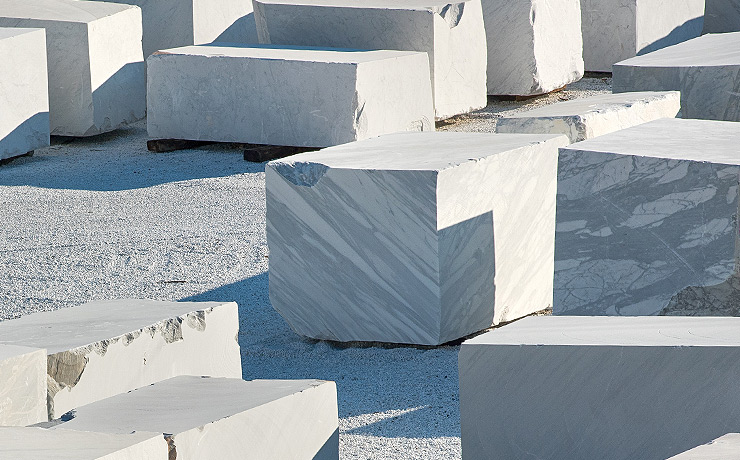ITALIAN MARBLE, LIMESTONE,
SANDSTONE AND TERRACOTTA
EXPORTERS OF ITALIAN STYLE, A SYMBOL
OF REFINEMENT AND QUALITY
Italian style is famous all over the world and here you can find some of the best expression of this style: floor and wall tile, slabs cut to size.
There is a big range of selected products like: marble, limestone, Florentine terracotta tiles.
Our company of ancient origins that has been operating in the sector for about 70 years and we are specialized in Sandstone (Pietra Serena), marble, limestone and Florentine terracotta tiles which are available in different finishes.
We have exported our wide range of selected products such as marble, limestone, terracotta tiles, to all countries, especially the United States and the United Kingdom for over 20 years.
OUR BEST SELLERS PRODUCTS for floors and wall tiles:
WE ARE EXPORTERS OF ITALIAN STYLE

TESTIMONIALS
GILCREST VILLAS, LOS ANGELES (USA)
Project made with Pietra Serena honed slabs
FAQ ABOUT floorS and wall tileS
What is marble made from?
What is marble made from?
Marble is a metamorphic rock that primarily consists of recrystallized carbonate minerals, usually calcite or dolomite. It is formed from the transformation of sedimentary carbonate rocks, such as limestone or dolomite, through heat and pressure over geological time. The unique veining and patterns are a result of mineral impurities and the recrystallization process.
Is marble strong or soft?
Is marble strong or soft?
Marble is a relatively soft and porous stone compared to some other natural stones. While it is durable and can withstand normal wear and tear, it is more prone to scratching, staining, and etching than harder stones like granite. Proper care and maintenance, such as sealing and regular cleaning, can help preserve the beauty and strength of marble surfaces.
Where do you get marble from?
Where do you get marble from?
Marble is sourced from various quarries around the world. Different regions are known for producing it with distinct colors, patterns, and characteristics. Major marble-producing countries include Italy, Greece, Turkey, Spain, China, and India. Each location’s marble can have unique qualities, making it important to consider factors like color, veining, and durability when selecting this material for specific applications.
What is limestone used for?
What is limestone used for?
Limestone finds significant use in the realm of flooring and cladding applications. Its natural beauty and durability make it a popular choice for creating elegant and long-lasting surfaces in both residential and commercial spaces. Beyond its aesthetic appeal, limestone is valued for its suitability in high-traffic areas, making it an excellent option for flooring and wall coverings. The versatility of this material extends to its use in creating sophisticated and enduring designs for interiors and exteriors alike.
Is limestone a healing stone?
Is limestone a healing stone?
While limestone is not typically considered a healing stone in the metaphysical or holistic sense, some people believe that certain types of stones and minerals, including those used in construction like limestone, may have unique properties or energy. These beliefs are often rooted in various cultural or spiritual traditions rather than scientific evidence.
It’s essential to note that any perceived healing properties of stones are subjective and not supported by mainstream scientific understanding.
What is special about sandstone?
What is special about sandstone?
Sandstone is notable for its distinctive characteristics and diverse applications. One of its key features is its composition, primarily made up of sand-sized mineral, rock, or organic particles, often cemented together with minerals like silica, calcium carbonate, or iron oxide. This gives it a unique texture and appearance, with a granular feel.
This material is renowned for its versatility, being used in various industries and applications. It is frequently employed in construction for buildings, paving, and monuments due to its durability and weather resistance. Additionally, it is utilized in the creation of decorative items, sculptures, and landscaping features, showcasing its aesthetic appeal. The wide range of colors and patterns found in sandstone further adds to its appeal, making it a favored choice for both practical and ornamental purposes.
Is sandstone a rock or stone?
Is sandstone a rock or stone?
The terms “rock” and “stone” are often used interchangeably, but they can have different meanings depending on the context. In the context of geological terminology:
Rock: A naturally occurring substance composed of minerals, mineraloids, or organic materials.
Stone: A naturally occurring solid substance composed of minerals or mineraloids.
Considering this, sandstone is classified as a type of rock. It is formed from the consolidation and compaction of sand-sized mineral, rock, or organic particles, typically cemented together by minerals such as silica, calcium carbonate, or iron oxide. So, in geological terms, sandstone is a type of rock.
Is sandstone hard or soft?
Is sandstone hard or soft?
The hardness of sandstone can vary depending on its composition and the specific minerals cementing its particles together. In general, it’s considered a relatively hard sedimentary rock. However, it’s not as hard as some other natural stones like granite. The hardness of this rock type is influenced by factors such as the size and type of grains, the cementing materials, and the overall geological processes involved in its formation.
Sandstone is durable and often used in construction and landscaping due to its ability to withstand weathering and erosion. However, it’s important to note that the hardness can vary among different types of this rock, and some varieties may be more susceptible to wear and abrasion than others.
If you have any more questions, feel free to ask!

UPCOMING PROJECT?
Discover how we can help you





